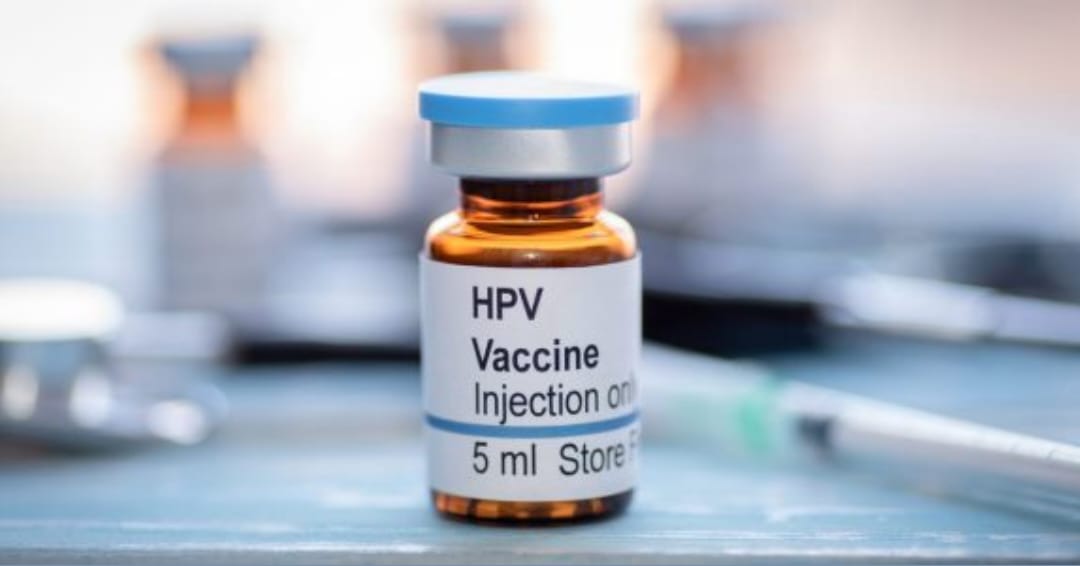
In 2006, a landmark moment in preventive healthcare unfolded with the licensing of the first Human Papillomavirus (HPV) vaccine, signaling a transformative approach to combatting a global burden. This article explores HPV vaccination, covering its historical development, characteristics of licensed vaccines, mechanism of action, efficacy, vaccination programs, and safety.
The story begins with a determination to alleviate the global burden of HPV infections, significantly contributing to cervical cancers. The first vaccine, Gardasil Quadrivalent, licensed in 2006, targets HPV types 6, 11, 16, and 18, offering protection against cervical cancer and genital warts. Cervarix Bivalent focuses on HPV 16 and 18, and the recent Gardasil Nonavalent provides protection against nine HPV types, showcasing the evolution of HPV vaccination.
Understanding the intricate mechanisms by which HPV vaccines operate is crucial to appreciating their efficacy. These vaccines employ unique strategies to stimulate immune responses, conferring long-term protection. Empirical evidence regarding the efficiency of HPV vaccination in girls is substantial, with a focus on reducing cervical cancer rates.
Exploring the impact on girls, we also investigate the role of HPV vaccination in men, preventing HPV-related cancers and reducing transmission rates. Optimal protection relies on completing recommended dosing schedules, with each vaccine having its regimen. Global vaccination programs have been instrumental, but challenges persist.
An exploration of dosing schedules and an analysis of successful vaccination initiatives worldwide offer insights. Addressing concerns about safety is paramount, examining reported adverse events and their prevalence provides a balanced perspective. Recent studies and updates contribute to the ongoing dialogue surrounding the safety of HPV vaccination.
Shifting focus to the global burden of cervical cancer, it remains the fourth most common cancer among women worldwide, with India facing the highest burden. Efforts to reduce cervical cancer in India include promoting HPV vaccination, scaling up screening, and improving treatment options.
As we commemorate Children’s Day, the relevance of HPV vaccination to children’s health cannot be overstated. Ensuring widespread access contributes to safeguarding the future health of both girls and boys. In conclusion, HPV vaccination stands as a transformative strategy in preventing HPV infections and associated cancers, navigating the ever-evolving landscape crucial for contributing to global efforts and ensuring a healthier future.

Post Your Comments